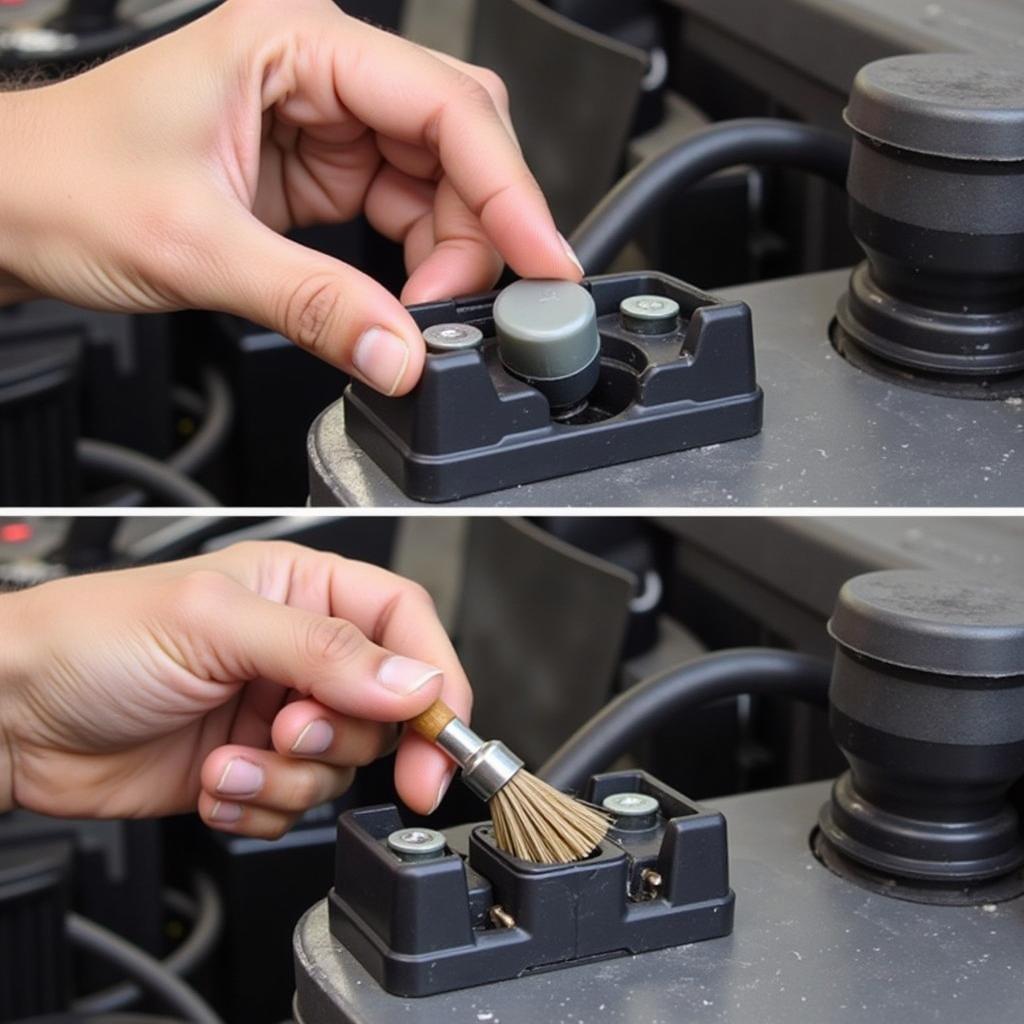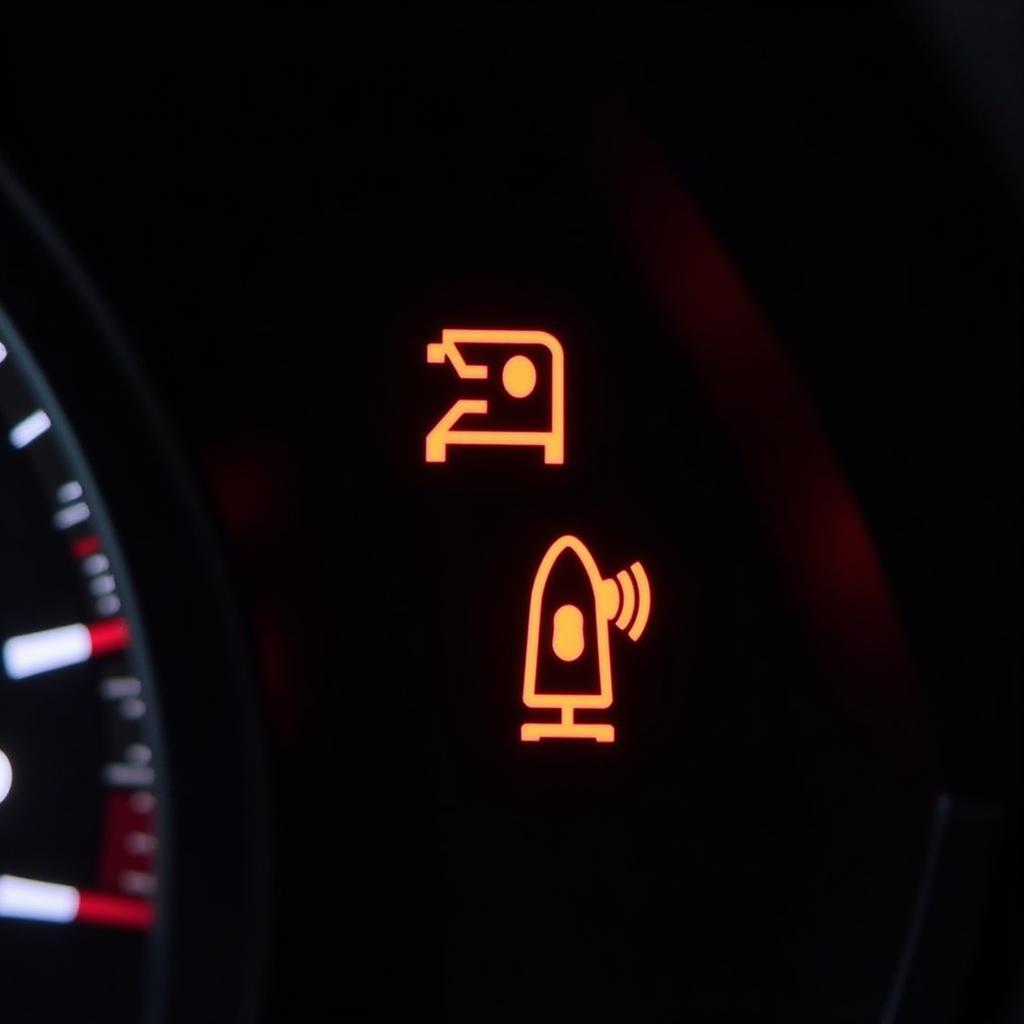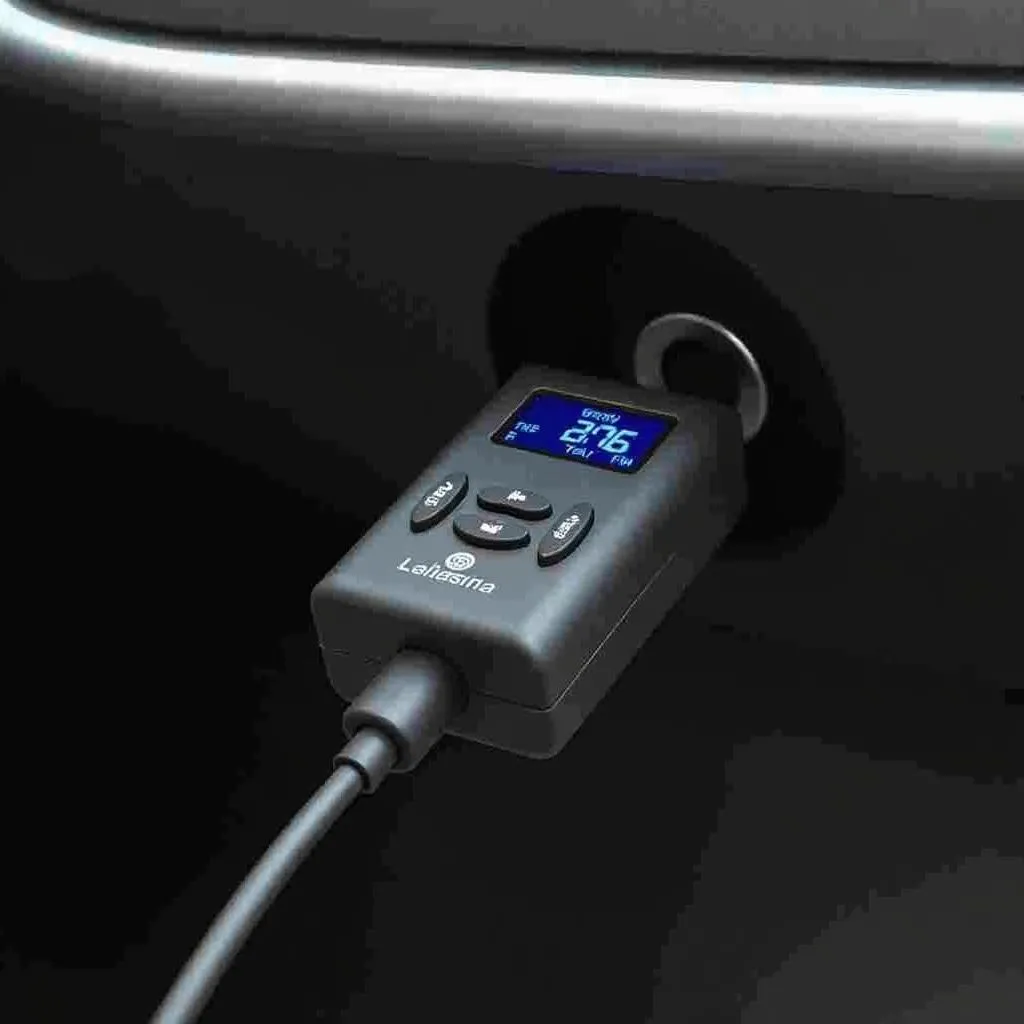A brand new car battery dying in cold weather can be incredibly frustrating. This guide dives deep into the reasons why this happens and provides solutions for preventing and addressing this common winter woe.
Why Does a New Car Battery Die in Cold Weather?
Cold temperatures can significantly impact a car battery’s performance, even a new one. Several factors contribute to this issue, including:
- Reduced Chemical Reactions: Battery function relies on chemical reactions, which slow down considerably in cold weather. This translates to less power available to start your engine.
- Thickened Oil: Cold weather thickens engine oil, increasing the strain on the battery when starting. This added load can quickly drain a weakened battery.
- Increased Electrical Demands: In winter, we often use more power-hungry accessories like heated seats, defrosters, and headlights, putting additional stress on the battery.
- Short Trips: Frequent short trips in cold weather prevent the battery from fully recharging, leading to a gradual decline in its charge.
How to Prevent a New Car Battery from Dying in Cold Weather
Fortunately, several preventative measures can help protect your new car battery during the winter months:
- Battery Testing: Have your battery tested regularly, especially before winter arrives. This will identify any potential weaknesses and ensure it’s up to the challenge of cold weather.
- Keep it Clean: Corrosion on battery terminals can hinder performance. Clean them with a wire brush and a baking soda and water solution.
- Park Inside: Whenever possible, park your car in a garage or covered area to protect the battery from extreme cold.
- Limit Accessory Use: Minimize the use of power-hungry accessories like heated seats and defrosters, especially before starting the engine.
 Car Battery Terminal Cleaning
Car Battery Terminal Cleaning
Troubleshooting a Dead Battery in Cold Weather
If your new car battery dies in cold weather, here’s what to do:
- Jump Start: Use jumper cables to jump-start your car from another vehicle with a working battery. Follow the proper procedure to avoid damage.
- Battery Charger: Use a battery charger to fully recharge the battery. This is often a more reliable solution than jump-starting, especially in extremely cold temperatures.
- Check the Alternator: A faulty alternator can prevent the battery from charging properly. Have it tested to ensure it’s functioning correctly.
Expert Insights
John Smith, a seasoned automotive electrical engineer, advises, “Even new batteries are susceptible to cold weather issues. Regular maintenance is crucial.” He also emphasizes, “Proper jump-starting procedure is essential to prevent damage to both vehicles involved.” Furthermore, according to Susan Miller, a leading battery specialist, “Investing in a battery tender can help maintain the charge during prolonged periods of inactivity.”
Conclusion
While a new car battery dying in cold weather can be a significant inconvenience, understanding the underlying causes and taking preventative measures can help you avoid this common winter problem. Regular maintenance, proper charging practices, and careful accessory use can significantly extend your battery’s lifespan and ensure reliable starts even in the coldest temperatures. Remember to get your battery tested before winter sets in!
FAQ
- How often should I test my car battery? Ideally, every six months or before the start of winter and summer.
- Can extreme cold damage a new battery? Yes, prolonged exposure to extreme cold can weaken a new battery and shorten its lifespan.
- How long should I let my car run after jump-starting it? At least 30-45 minutes to allow the alternator to recharge the battery.
- Is it okay to leave my car running to warm up in cold weather? While it might help initially, it’s not recommended for extended periods due to increased fuel consumption and emissions.
- What are the signs of a failing alternator? Dim headlights, flickering interior lights, and a warning light on the dashboard.
- What type of battery is best for cold weather? Look for batteries with a high Cold Cranking Amps (CCA) rating.
- How can I find a reliable mechanic to check my car battery? Ask for recommendations from friends, family, or check online reviews.



